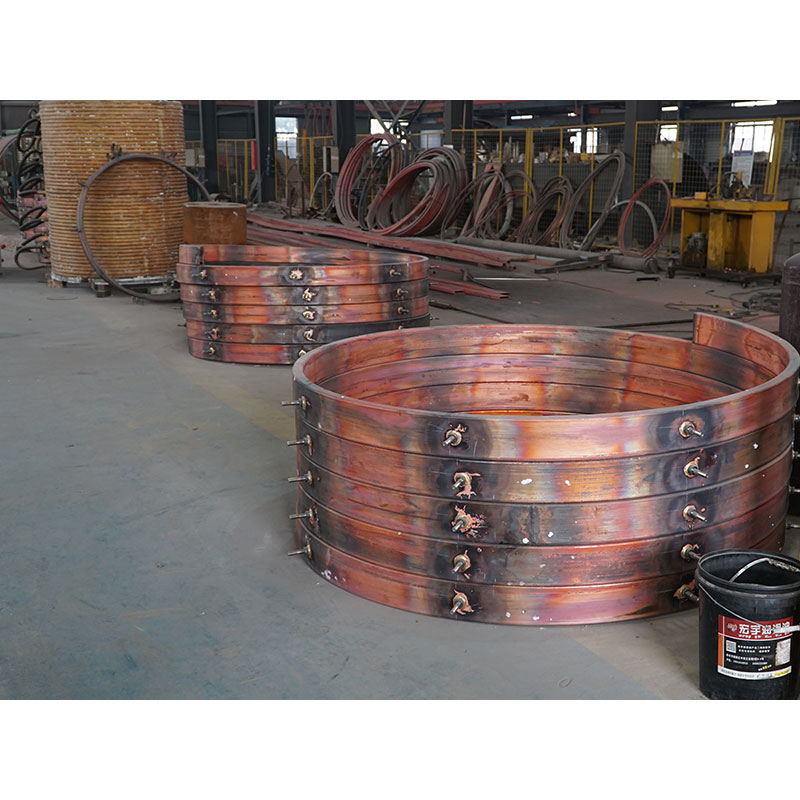High Frequency Induction Melting Furnace
Product Description
The High Frequency Induction Melting Furnace is designed for efficient, rapid, and clean metal melting in industrial and laboratory environments. Utilizing electromagnetic induction, it provides precise temperature control and uniform heating for metals such as gold, silver, copper, steel, and aluminum. Ideal for foundries, metal casting, jewelry manufacturing, and materials research.
Key Features
High Frequency Operation for fast and energy-efficient melting
Precise Temperature Control to ensure uniform heating and alloy consistency
Compact & Modular Design for space-saving installation and easy maintenance
Clean & Eco-Friendly with low emissions and no combustion required
Advanced Safety Systems including overheat protection and fault detection
Flexible Capacity Options suitable for small-scale labs to large-scale foundries
Why Trust This Product
This furnace is built with high-grade components, advanced IGBT technology, and strict quality control to ensure consistent performance and long-term durability. Backed by professional technical support and proven reliability across multiple industries, it’s a trusted solution for demanding melting operations.


